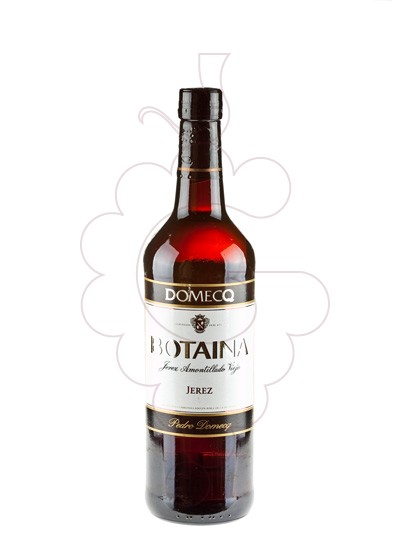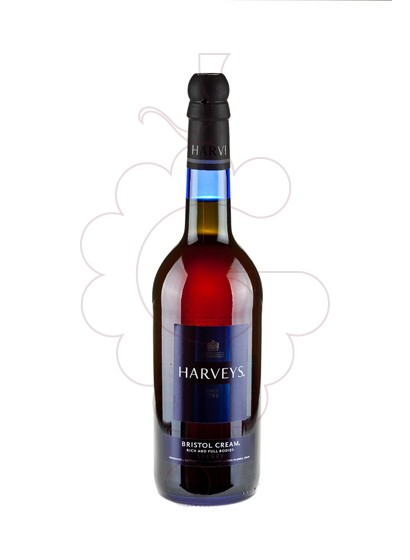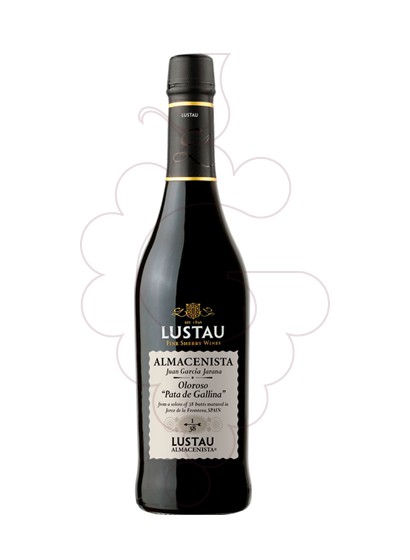The wine-growing region of Jerez is on the south of the country, influenced by the Atlantic Ocean and framed by the Guadalquivir and Guadalete rivers. In climatic conditions, it is part of the named “Baja Andalucia”, 300 days of sun with high temperatures in summer and rainfalls of 600 liters per year. The regulatory council of the Denomination of Origin Jerez was created in 1933 and the Manzanilla from Sanlúcar de Barrameda was included in this cluster. From 1964 on, the Denominations of Origin Jerez – Manzanilla de Sanlúcar de Barrameda were differenced but yet regulated by the same council.
The denomination is limited by the triangle of Jerez, composed by the following cities: Jerez de la Frontera, Sanlúcar de Barrameda and Puerto de Santa María. The allowed grape varieties, all white, are Palomino Fino, Pedro Ximenez and Moscatel. One of the singularities of the wide range of Jerez wines is the traditional ageing using the idiosyncratic and unique system of “criaderas and soleras”. This is not a static system but based on the mixture of different wines with different ageing in American oak barrels of 600 liters, positioned in different stages.
According to the ageing and the sugar content the Jerez wines can be classified as:
Fino: Wine obtained with the total fermentation of the Palomino must and fortified at 15º of alcohol to facilitate the development of the yeast called “flor”. After the fermentation process, the wine is aged at least three months with the designation of biological ageing. During this period the wine develops very special organoleptic characteristics.
Manzanilla: The same elaboration as Fino but produced exclusively at Sanlúcar de Barrameda.
Oloroso: Wine with structure that belongs from the Palomino Fino must and fortified at 17 alcoholic grades to don’t let the “flor” yeast grow. Ageing through the traditional system of “criaderas y soleras” but without the veil from the “flor” must, system also known as “oxidized ageing”.
Palo Cortado: Jerez wine with special features that will experience the biological ageing after the oxidized one.
Amontillado: Fino that in a certain point of the ageing process will lose the “flor” veil and will follow with the oxidized ageing.
Manzanilla Pasada: Amontillado elaborated at Sanlúcar de Barrameda.
Pedro Ximénez (sweet wine): Partial fermentation and subsequent fortification with wine alcohol from a must of the grape Pedro Ximénez, dried at sun by the traditional method “Soleo”. Wine aged by the system “criaderas y soleras”, always keeping the natural sweetness.
Moscatel (sweet wine): The same vinification as Pedro Ximénez but with the white grape Moscatel.





























Don't miss the opportunity and receive before anyone else all our offers, news and promotions.
Check your inbox or spam folder and activate your subscription to receive our offers, news and promotions.
BEFORE CONTINUING ...
When changing the country of destination, prices may vary due to the different taxes applied.
